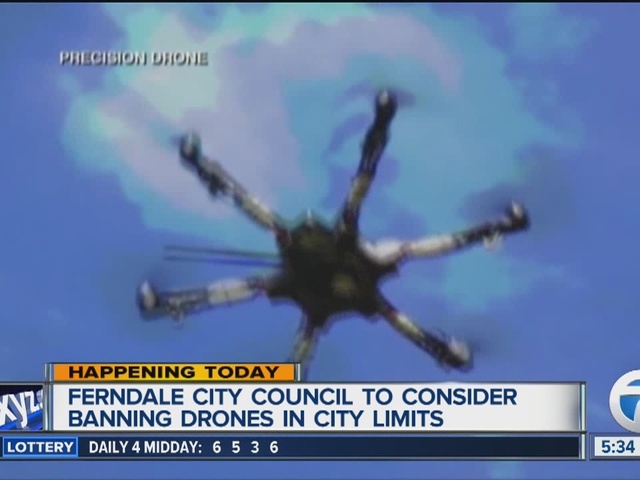
Hi all,
This past winter I built a new machine for doing more professional aerial photography. I got a 3 axis gimbal for my Sony NEX 5. I decided that to take full advantage of the gimbal, a second operator would be beneficial. My main RC transmitter, a DX7S, lacks the channels, and programmability to control all of the gimbal functions the way I wanted.
Instead of buying another cheap transmitter for gimbal duty, I decided to make one. This would give me the ultimate in flexability.
Reasoning behind the project:
1. My DX7 is out of channels to support flying, gimbal and camera shutter duty.
2. I want a second person to have their own transmitter. I want to fly, and I want them to operate the gimbal and camera. I have the NEX5 HDMI to analog converter, so I can switch between sony view and a frame mounted camera for FPV. I plan on adding a second FPV system so we can both watch our feeds seperately.
3. The IR shutter control I am using for the sony requires that video stop / start be tied to a momentary switch. Building my own controller and doing the code myself, I can make sure this is implimented properly and fires the shutter properly.
4. I want to be able to hand my gimbal controller to anyone and explain how it works in 30 seconds. To the complete noob, handing them a fancy RC transmitter with switches and knobs all over it can be intimidating. I can make my own stream lined controller that is very simple.
5. I want an all in 1 solution. I planned to include 915 mhz telemetry with bluetooth bridge to my smart phone in the case. I also wanted to have my phone mount to it. I hate carrying around all these seperate little gadgets.
Here is my first pass at it. I still have work to do on the code to get it working. An arduino Uno formats the PPM signals to the Spektrum module. All is powered from a 2S lipo.

Not the prettiest inside, but it works. I used a multirotor power distribution board incase I add functions later and need to supply them power. It also had 12V and 5V regulators built in, which come in handy.




